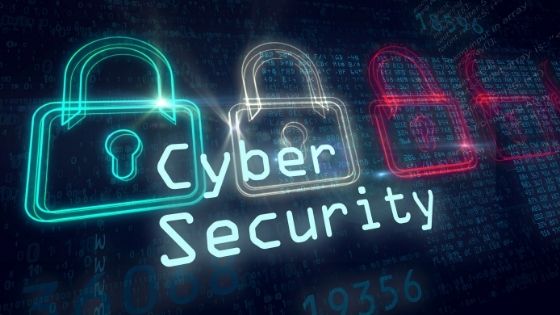Cyberattacks can pose a threat to your business, irrespective of their size. Even though large enterprises can recover from such a shock, it will take them years to get back to normal again. Imagine the impact cyber-attacks could have on small businesses. It can literally put them out of business. While mid-size businesses can barely survive a cyberattack.


Despite this, most businesses have cybersecurity blind spots that they did not know about. Cybercriminals exploit those small windows of opportunity to fulfill their malicious designs and wreak havoc on your critical business architecture. To make sure your business doesn’t suffer the same fate as many businesses targeted by cyber-attacks, it is very important to identify those blind spots and fix the loopholes because it can be misused by a hacker.
In this article, you will learn about seven cybersecurity blind spots that you cannot afford to miss.
1. Outdated Cybersecurity Protection
You might have invested your money in getting top-of-the-line cybersecurity solutions, but that could not protect you from the latest cybersecurity attacks until you keep them updated. For instance, antivirus and anti-malware are as good as their virus definitions. If a new type of malware is not in their virus definition, they can not protect your business against them. That is why it is very important to keep your cybersecurity software updated. Install updates and patches as soon as they are made available by software providers.
2. Network Vulnerabilities
Most businesses might invest in a firewall but installing a firewall will not guarantee you protection against sophisticated cyberattacks on your network. Today, hackers use advanced techniques to get access to your network and can bypass firewalls in the process. Businesses need to know which devices are connected to their network and which data is accessible on their network.
Small errors such as buffer overflow to blunders like missing authentication and authorization for critical functions give hackers opportunities to target your network. Keep an eye on the files uploaded to your network and make sure there is no suspicious or malicious file or file type that can infect computers connected to your organization network. Hackers usually take advantage of the lack of restrictions and control on file uploads and upload a malicious file that contains malicious code.
3. Using Insecure Communication Channels
We all are guilty of using third-party tools, whether it is for email, internal communication or team collaboration. Although, there is nothing wrong with using third-party tools until they prioritize cybersecurity but unfortunately, that is not the case most of the time. This leaves your internal communication at risk. The same goes for email.
This can have disastrous consequences for businesses, especially if they are exchanging critical business information through these insecure channels. All this information can easily be stolen and misused. Use communication and collaboration tools that prioritize your privacy and prevent your conversation from getting leaked.
4. Poor Cybersecurity Awareness
The number of insider attacks is rising and there are various reasons for that. One of the main reasons is lack of awareness among your employees. Employees are your weakest link and become a soft target for hackers. Due to a lack of cybersecurity awareness, they can easily be fooled by hackers into sharing their critical information.
There are instances where an employee makes a small mistake that give hackers access to their systems. Hackers use it as a launching pad for more cyberattacks and eventually successfully compromise all the computers and devices on your network. Invest in building cybersecurity awareness programs that could help employees understand cybersecurity better.
5. Unrestricted Access
Ask yourself who has the right to access critical business information through your Chicago dedicated server? Know who is accessing what information. Do they have the right? Implement role-based access control and only assign roles that are necessary for completing the tasks. Limit accessibility as much as possible. Yes, it might kill the purpose to a certain degree, but it is an important step businesses should take to minimize the risk of cyber-attacks. The lesser access employees have, the better it is from a security standpoint. Even if the hackers succeed in breaking into your employee account, they might not have enough rights to perform actions.
6. Using Same Passwords for Every Account
Another common mistake that is quite prevalent among employees is that they use the same passwords to log in to different accounts. By doing this, they are putting all their accounts at risk. If a hacker manages to get access to one account, they can also gain access to all your accounts because the passwords you used are the same. This happens because they can not remember multiple passwords. Ask your employees to follow the best password best practices and use different passwords for each account.
It is better to use a long password that is hard to guess. Avoid using dictionary words in your password and use a password manager to save all the passwords. Poor password hygiene is one of the main reasons behind data breaches. Implement a strict password policy in your company and force your employees to religiously follow that password policy. You can also think about implanting multi-factor authentication for user authentication. All these steps will make it tough for hackers to crack your passwords.
7. Remote Workers
According to the Nationwide annual business owner survey, 83% of business owners give their employees the liberty to work remotely. Unfortunately, that can put your sensitive business information at risk, especially when it is in transit. Businesses can get over this problem by encrypting all the information which is in transit so that it can not be stolen mid-way. Establish a system where you maintain access to your data despite losing physical access. Monitor the activities of remote workers closely. A small mistake on remote workers’ part can lead to a data breach or compromise.









